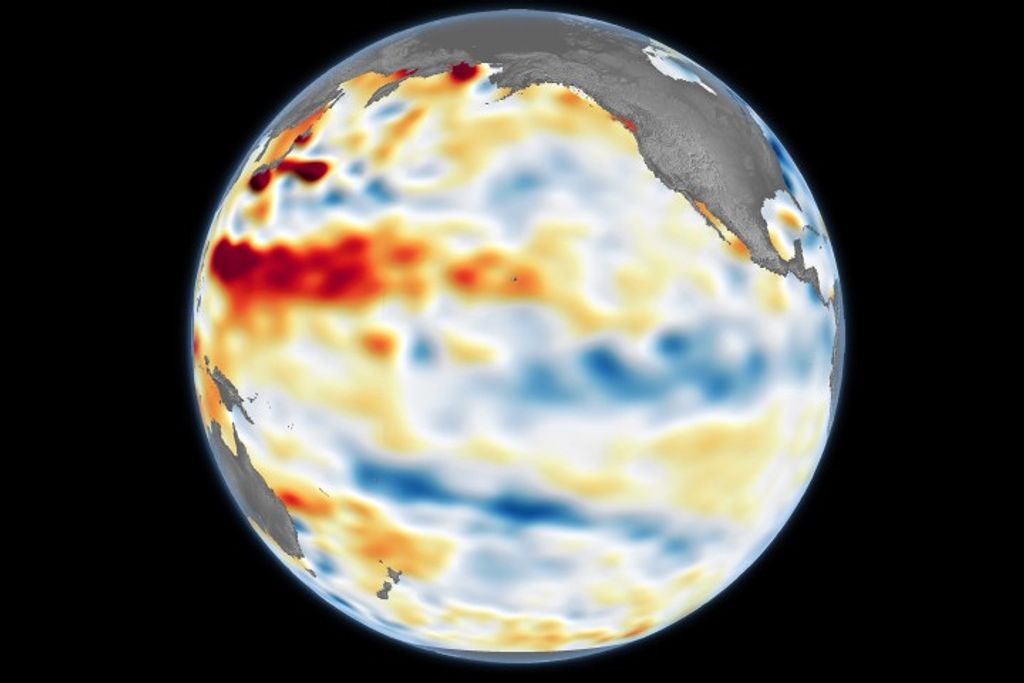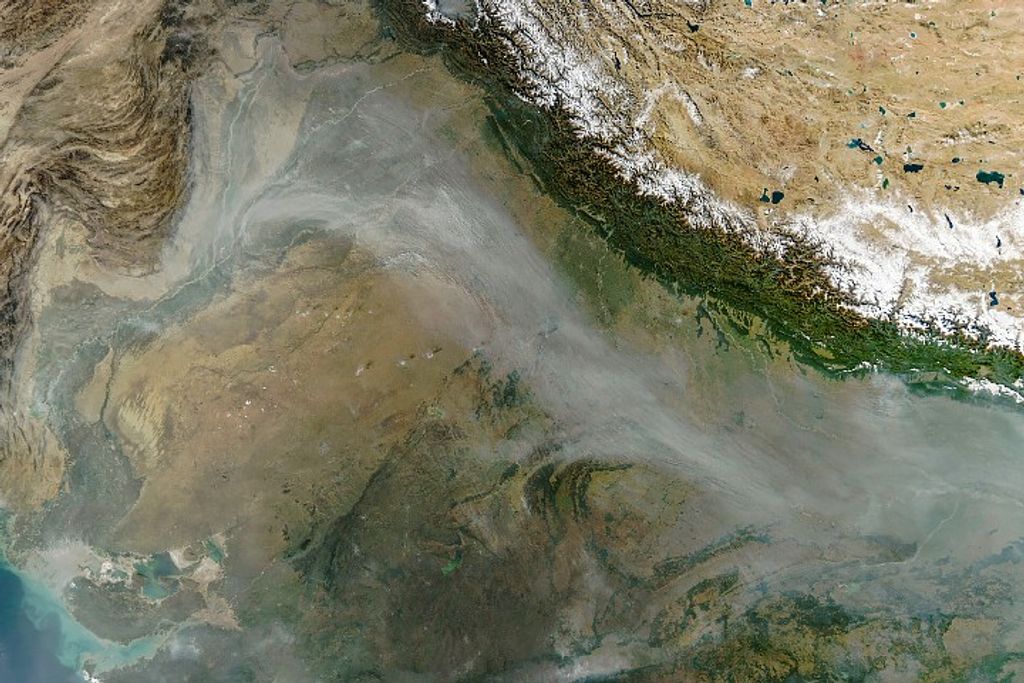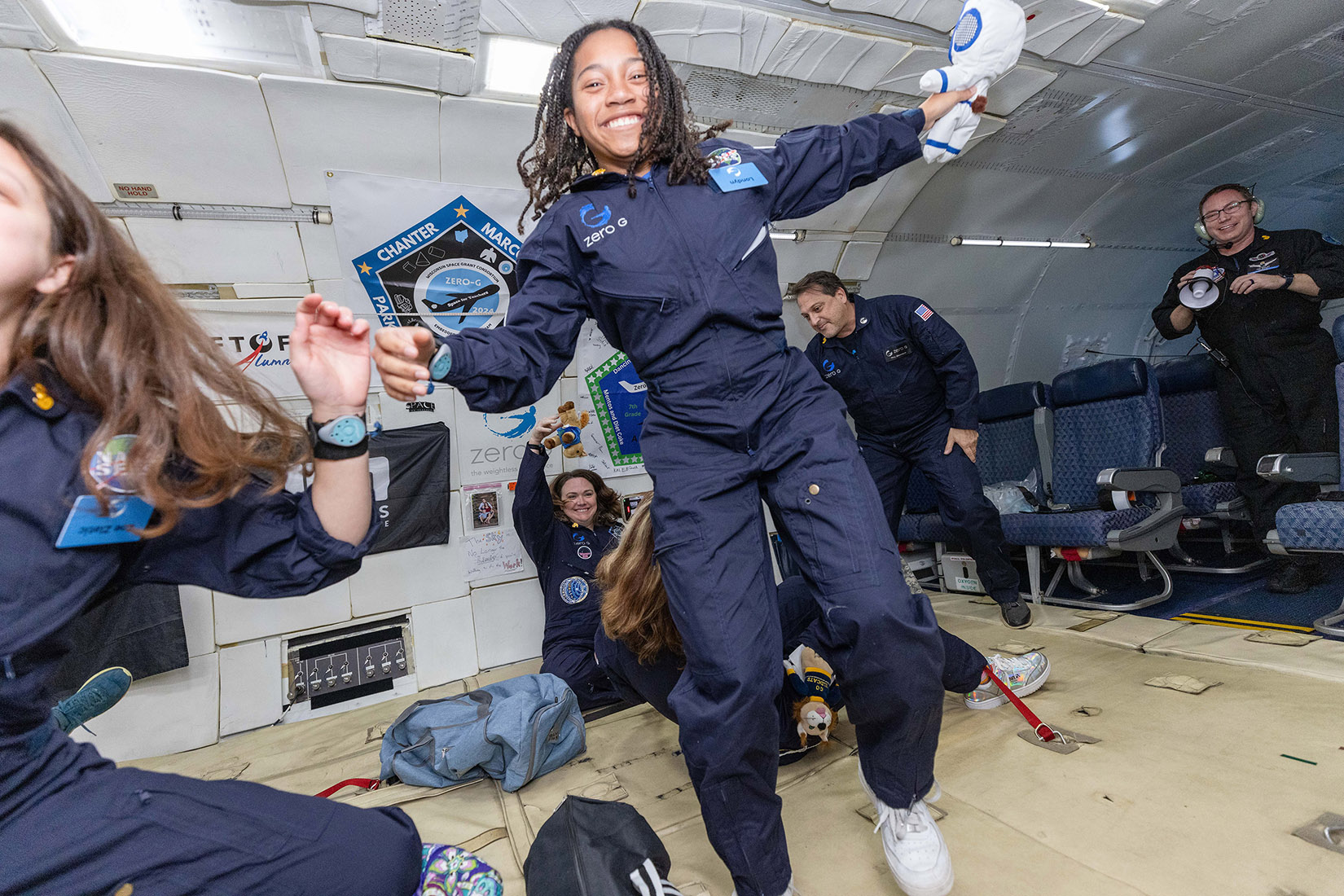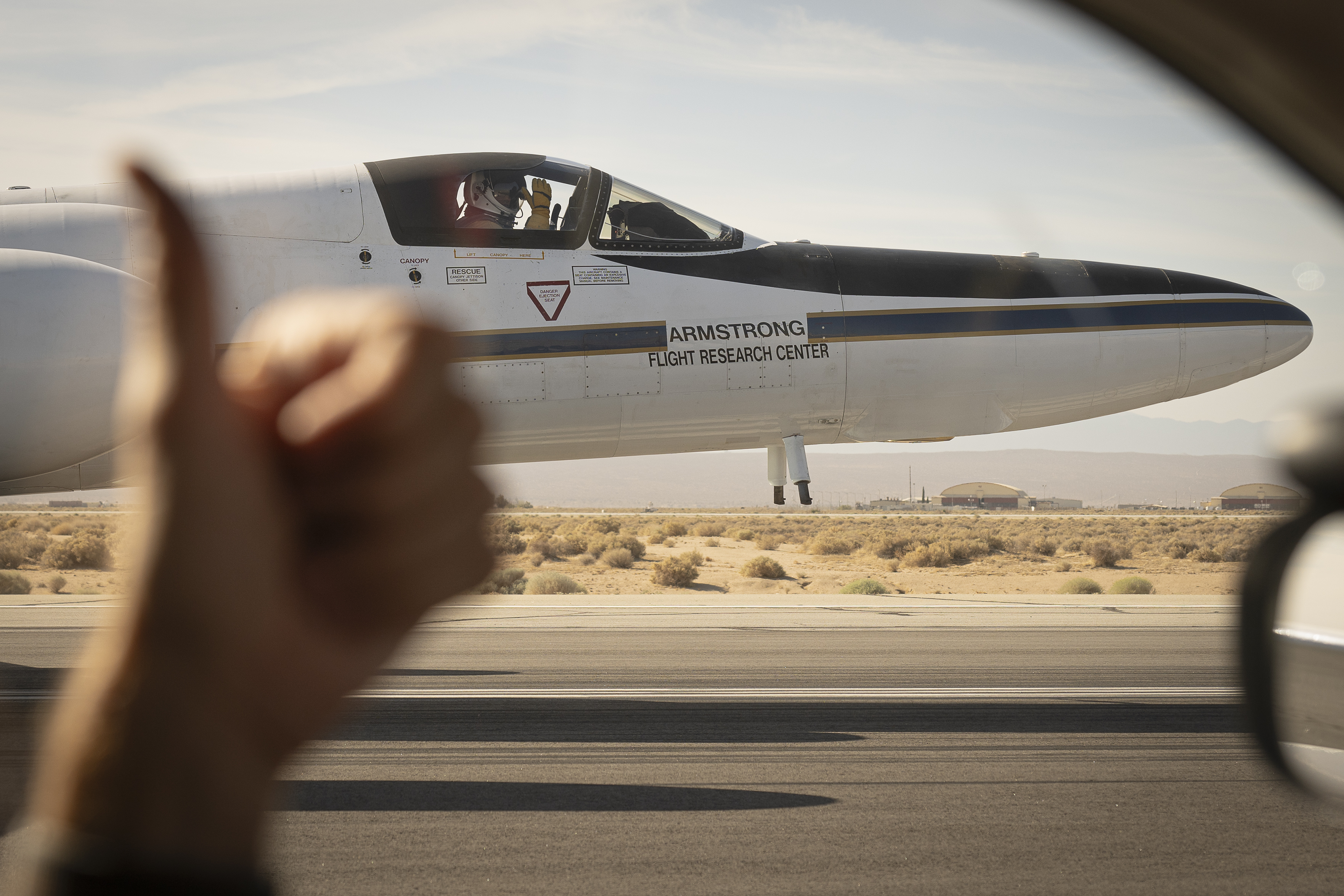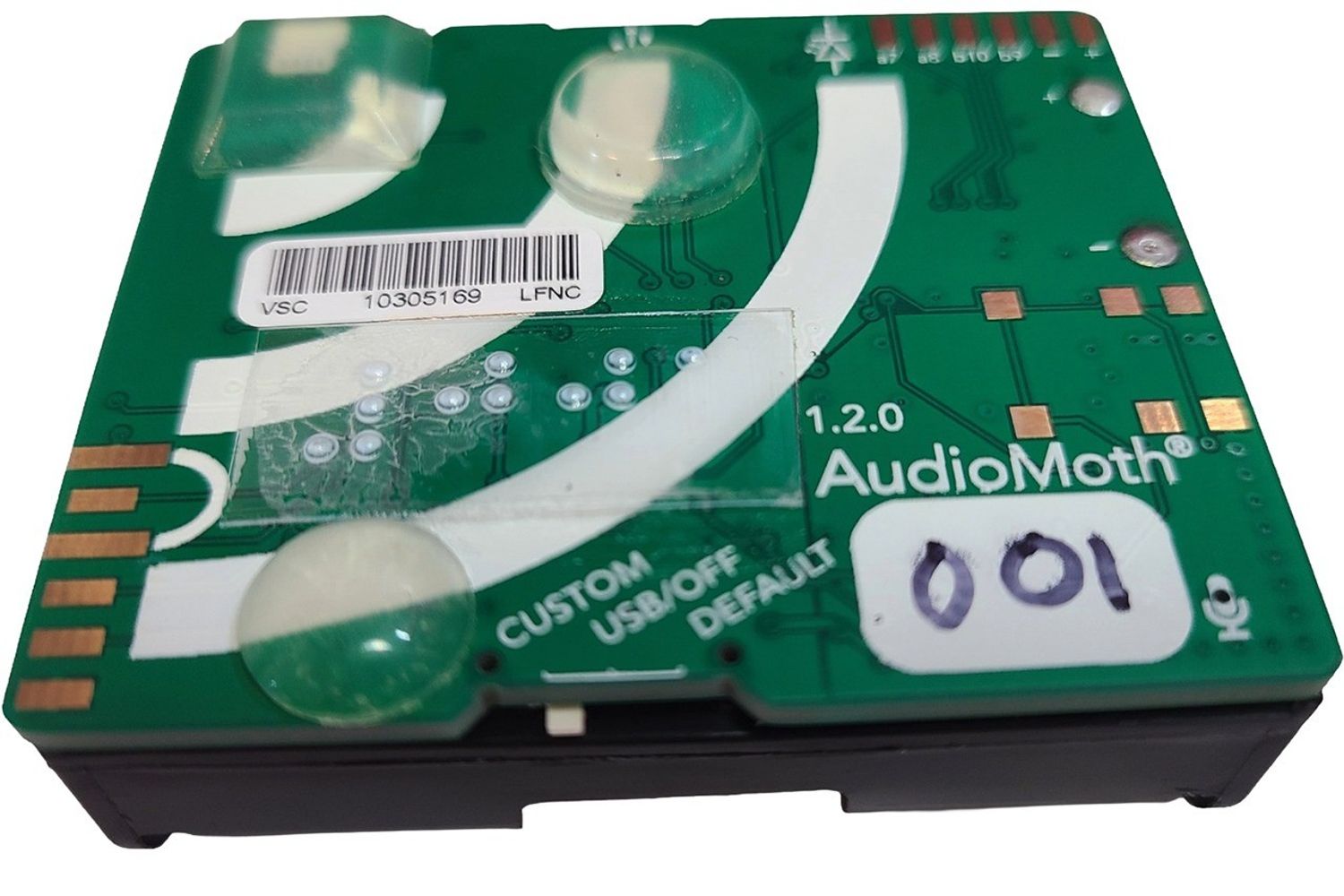The STEM Enhancement in Earth Science (SEES) Summer Intern Program is a nationally competitive STEM program for high school students. The program provides selected students with exposure to Earth and Space research. Interns learn how to interpret NASA satellite data while working with scientists and engineers in their chosen area of work. This content knowledge, coupled with hands-on experiences, allows the intern to gain experience in authentic NASA research through field investigation and data analysis.
The SEES program recently had the opportunity to select four students to conduct research in microgravity on a Zero-G G-Force One aircraft last year. Many applications were received for the coveted four research positions. Selected students work remotely with their project teachers, scientist, and director of Wisconsin Space Grant prior to the flight, and then go through the process of Zero-G Research Payload Integration, which includes finalizing their ground research, safety mitigation efforts, and flight planning.
Congratulations to these four SEES Interns for their projects that flew in microgravity on March 8, 2024:
- Londyn Franklin, "Utilizing Polyethylene and Water in Spacesuits as Radiation Shielding Materials for Astronaut Protection"
- Aaron Kingslien, "Repelling the Dust: Advancing Extravehicular Mobility Unit Design Through Comparative Fabric Analysis and Electrostatic Lunar Dust Repulsion"
- Landry McRoy, "Abnormal Cardiovascular Study in Microgravity"
- Zoe Zlatic, "Testing Procter & Gamble’s Water Purification Powder in Micro and Artificial Gravity"
The opportunity for these students to fly was made possible by the SEES program and its partnership with Space for Teachers, Wisconsin Space Grant Consortium, the International Space Station National Laboratory, and the Zero Gravity Corporation, which provide opportunities for middle and high-school teachers to develop and fly small experiments and demonstrations on a parabolic flight. Parabolic flights provide periods of sustained microgravity for testing spaceflight technologies, training astronauts, and performing experiments. This opportunity is funded by the NASA Flight Opportunities Program and by the International Space Station National Laboratory (CASIS).
SEES is funded through NASA Cooperative Agreement Notice NNH15ZDA004C and is a part of NASA’s Science Activation Program.









